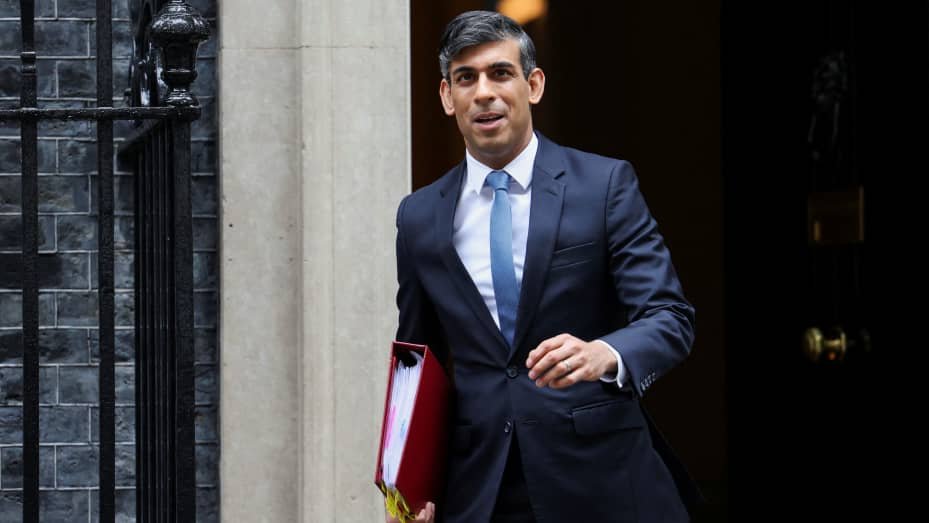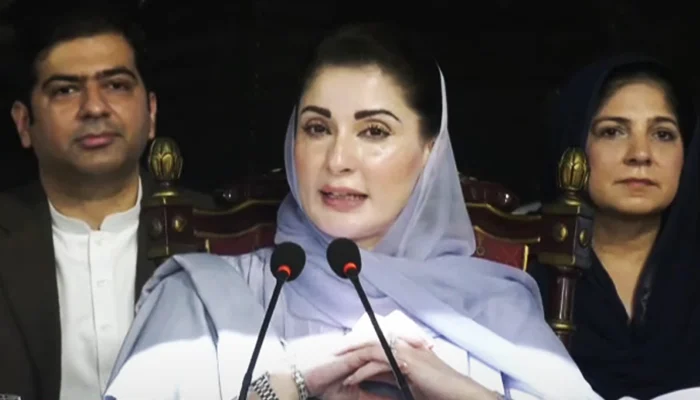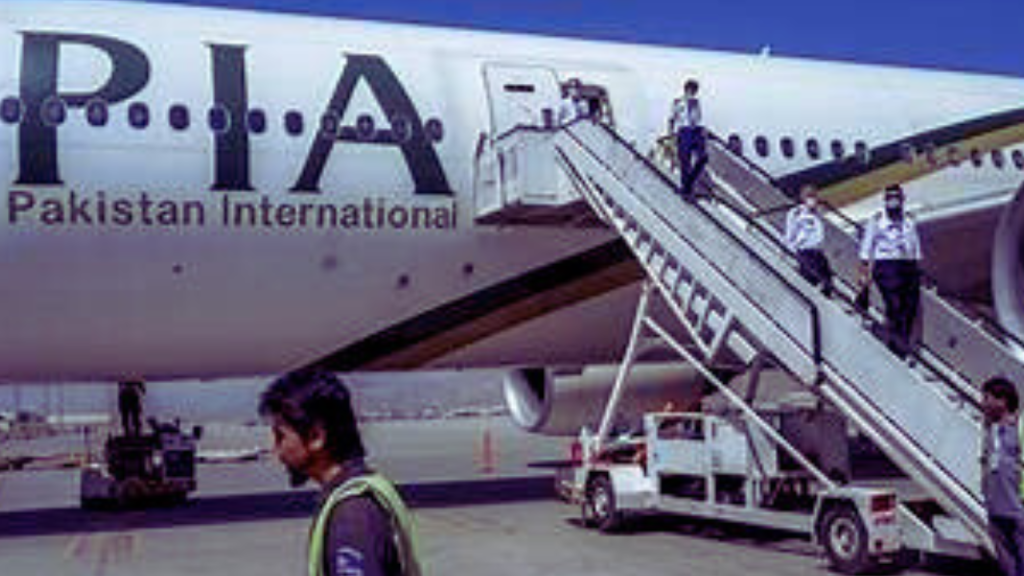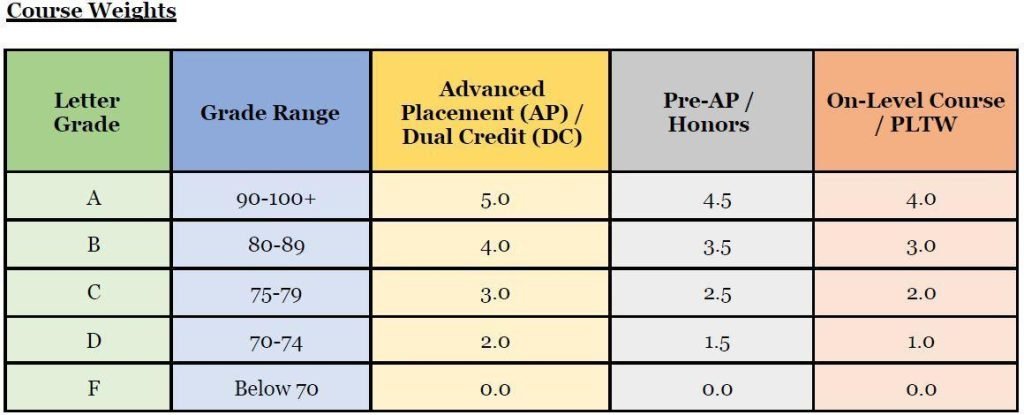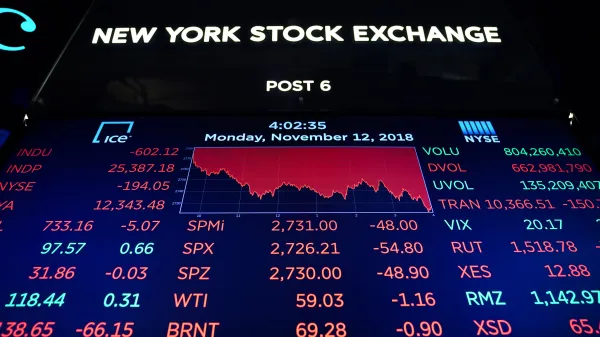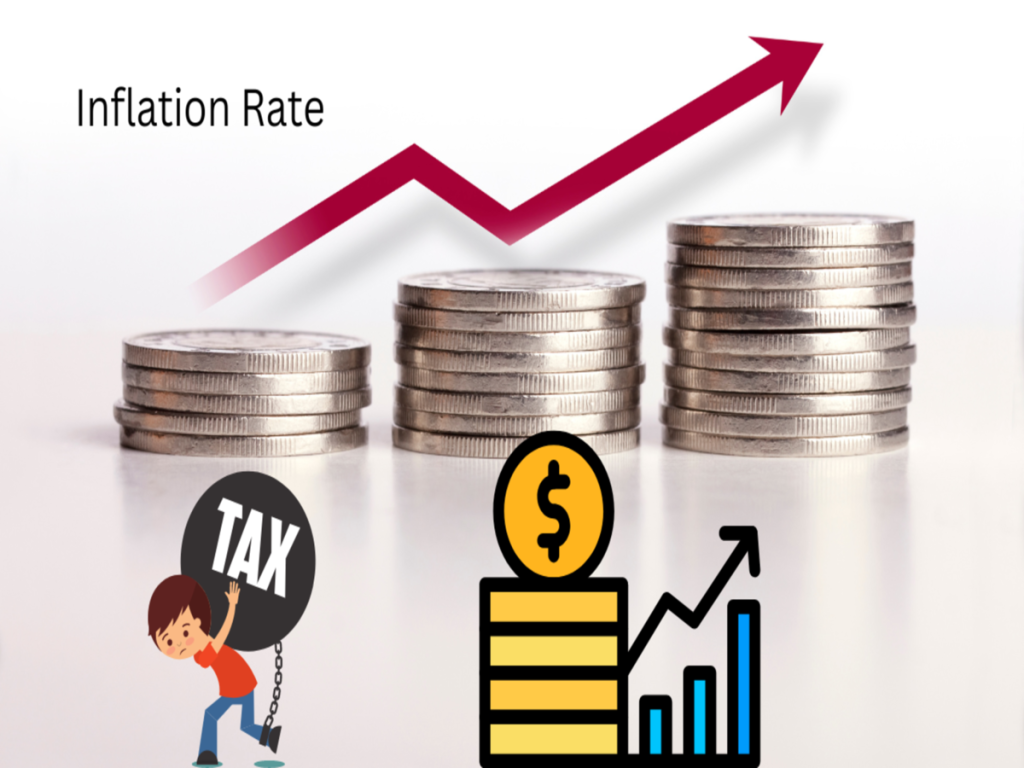Several intricate factors contribute to inflation in Pakistan.

The Shocking Truth Behind Pakistan’s Inflation Rate
Several intricate factors contribute to inflation in Pakistan.
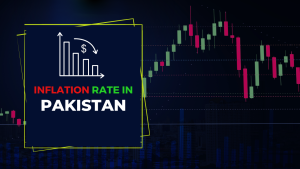
Factors contribute to inflation in Pakistan.
Several intricate factors contribute to inflation in Pakistan. These factors, often intertwined, collectively influence the nation’s inflation rate. The primary contributors include supply and demand dynamics, government policies, and global economic conditions.
Supply and Demand Dynamics:
The balance between supply and demands make good role in Inflation in Pakistan.
Government Policies:
Government policies wield significant influence over inflation. Actions like subsidies, taxation, and regulations can directly impact the prices of essential commodities. Reductions in subsidies, for instance, can lead to price hikes, thereby affecting the overall inflation rate.
The Impact of Inflation:
Understanding the inflation rate extends beyond numbers and statistics; it holds real-life consequences for the people of Pakistan.
On Everyday Life:
As inflation rises, the purchasing power of money diminishes, impacting the daily lives of individuals and families. Budgets become strained as the cost of living increases, leading to necessary adjustments in spending habits.
On Businesses and Investments:
Businesses operating within an inflationary environment face a unique set of challenges. They may need to increase prices to maintain profitability, potentially resulting in reduced sales. Additionally, inflation can disrupt the profitability of investments, affecting long-term planning and economic growth.
Fiscal Policies:
Governments can also utilize fiscal policies, including taxation and public spending, to combat inflation. For instance, increasing taxes may reduce consumer spending, while boosting government spending can stimulate economic growth, potentially influencing the inflation rate.
Conclusion:
In summary, uncovering the “shocking truth” behind Pakistan’s inflation rate necessitates a multifaceted understanding. This includes delving into the intricate factors driving inflation, examining its tangible effects on daily life and businesses, and recognizing the pivotal role of government policies in addressing and managing inflation. By comprehending these dynamics, both individuals and policymakers can navigate the challenges posed by inflation effectively.

 English
English 





























